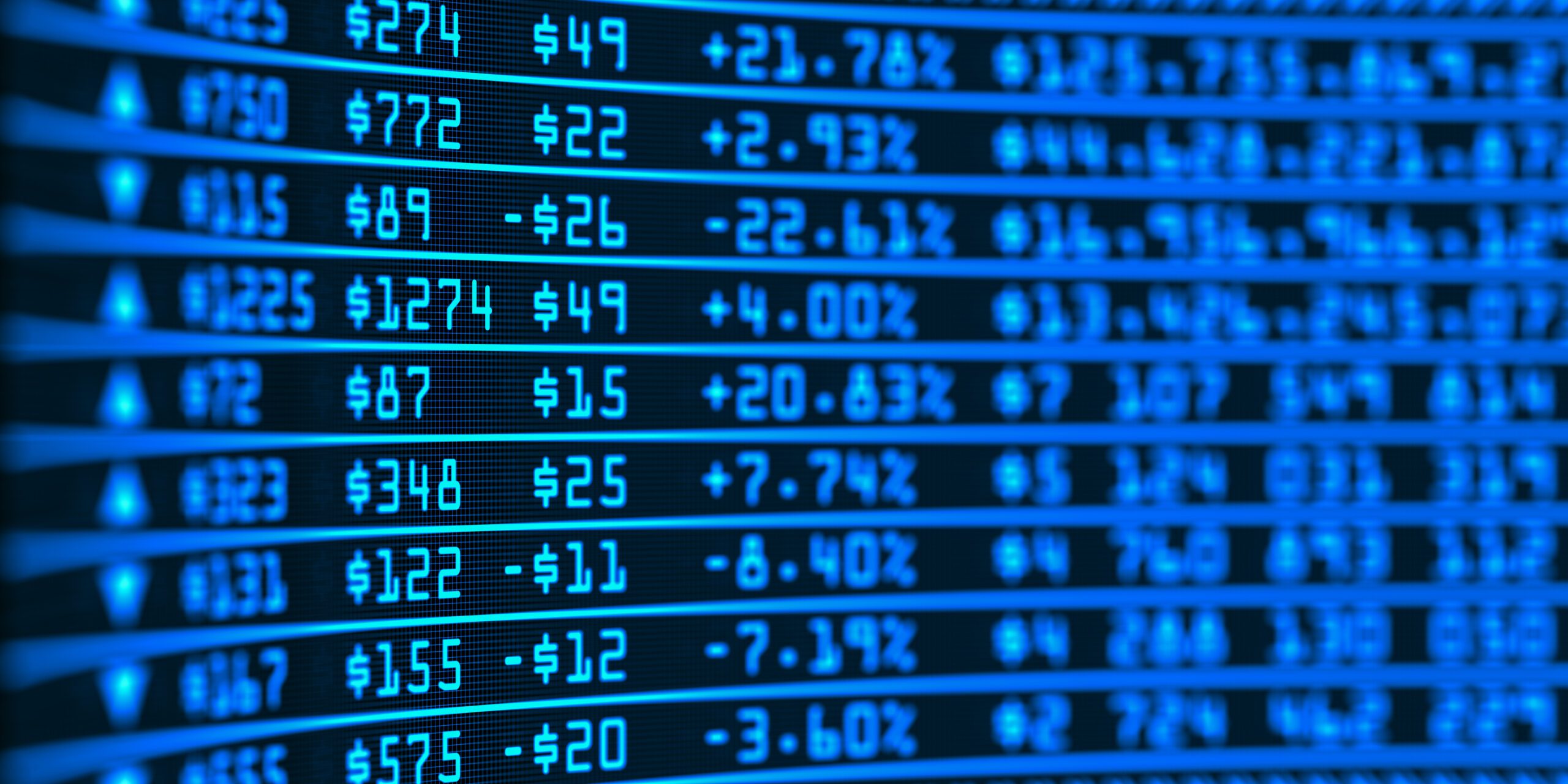
What is a Secondary Market?
A secondary market is a financial market in which previously issued financial products such as stocks, bonds, options, or futures are bought and sold.
The primary market refers to the first offering of a security, while every trade of that security after the first is done on the secondary market.
The Secondary Market
When most people think of the stock market, they are thinking of the secondary market. This is where investors trade securities they already own, typically through a centralized stock exchange.
A secondary market is where securities that have already been released by issuing companies such as corporations, banks, and government entities are bought and sold among investors.
Most financial instruments trade on the secondary market — stocks, fixed income, mutual funds, ETFs, currencies and even real estate assets such as REITs.
Types of Secondary Markets
The secondary market exists for a variety of investment assets, from stocks to loans, from illiquid to very liquid, and from Contemporary Art pieces to fractionalized art investments. Secondary market transactions are termed secondary because they are one step removed from the original transaction that created the security.
The major stock exchanges are the most visible example of liquid secondary capital markets. The New York Stock Exchange (NYSE), London Stock Exchange (LSE), and Nasdaq Stock Market provide centralized, liquid secondary markets for investors looking to buy or sell stocks that trade on those exchanges — publicly traded companies.
Most bonds and structured products trade “over the counter” (OTC), meaning the trade is done directly between two parties, without the centralized supervision of an exchange. Stock exchanges facilitate liquidity, provide transparency, and maintain the current market price. For OTC trades, the price is not necessarily publicly disclosed and liquidity is not guaranteed.
Another usage is for loans sold by a mortgage bank to investors such as Fannie Mae or Freddie Mac. This is called the mortgage market.
Alternative investments also utilize secondary markets. Markets for used goods or assets, such as estate sales, auctions, or online collectibles platforms are all examples of secondary markets.
Secondary Market Pricing
Primary market prices are often set beforehand, while prices in the secondary market are determined by basic forces of supply and demand.
Investors who believe a stock will increase in value will rush to buy it. If many investors feel the same way, they all will rush to buy it and the stock’s price will typically rise.
If a company loses favor because of negative media or lower-than-expected earnings reports, its stock price tends to decline as demand for that security dwindles.
Pricing in the secondary market is an important facet of the economy. Because market prices are determined by a series of independent yet interconnected trades, valuation on stock exchanges can be a useful indicator of the country’s economic strength. Market-wide changes in prices signal a growing or contracting economy.
Primary Market vs. Secondary Market
When a company issues stocks or bonds for the first time and sells those securities directly to investors, that transaction occurs on the primary market. Some of the most common primary market transactions are IPOs, or initial public offerings.
During an IPO, a primary market transaction occurs between the purchasing investor and the investment bank underwriting the IPO. Any proceeds from the sale of shares on the primary market go to the issuer of the stock.
If initial investors later decide to sell their stock, they can do so on the secondary market. Any transactions on the secondary market occur between investors, and the proceeds of each trade go to the selling investor, not the company that issued the stock.
How Does the Primary Market Work?
The first issuance of a security is done on the primary market, sometimes called the new issues market. All issues on the primary capital market are subject to strict regulation. Private companies must file with the Securities and Exchange Commission (SEC) and other securities agencies, then must wait until their filings are approved before they can go public.
Prices can tend to be volatile in the primary market because it’s often hard to predict demand when a stock is first issued. This is why many IPOs are set at a low share price.
A company can raise more equity in the primary market after issuing securities through a rights offering where companies will offer prorated rights based on shares investors already own.
Another option to raise equity in the primary market is a private placement, where a company may sell directly to a large investor, such as a hedge fund, private equity firm or broker-dealer. In this case, the shares are not made public.
Primary vs Secondary Market at Masterworks
For Masterworks investors, there is a main primary market, along with a secondary market strictly between investors.
When a new artwork securitization is issued by the company with Class A share prices of $20, this is the primary market because it is the first offering made by the issuer.
Masterworks offers a secondary market on the platform which allows investors to buy and sell shares directly to other investors before Masterworks sells the painting.
The secondary market allows Masterworks investors to not only add diversification to their portfolio but also to provide some extra liquidity for a largely illiquid, long-term asset.
Masterworks members are able to take advantage of the opportunities our unique primary and secondary markets for shares of fractionalized fine art.
See important Reg A disclosures: Masterworks.com/cd